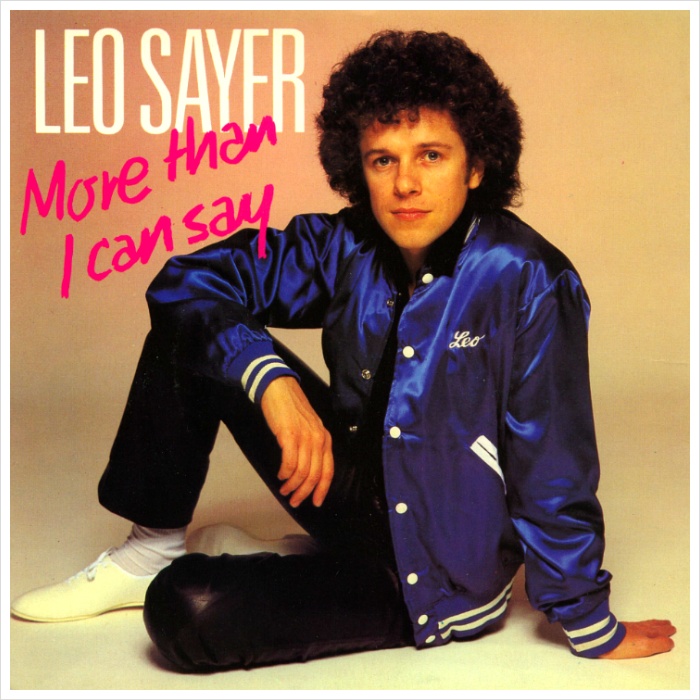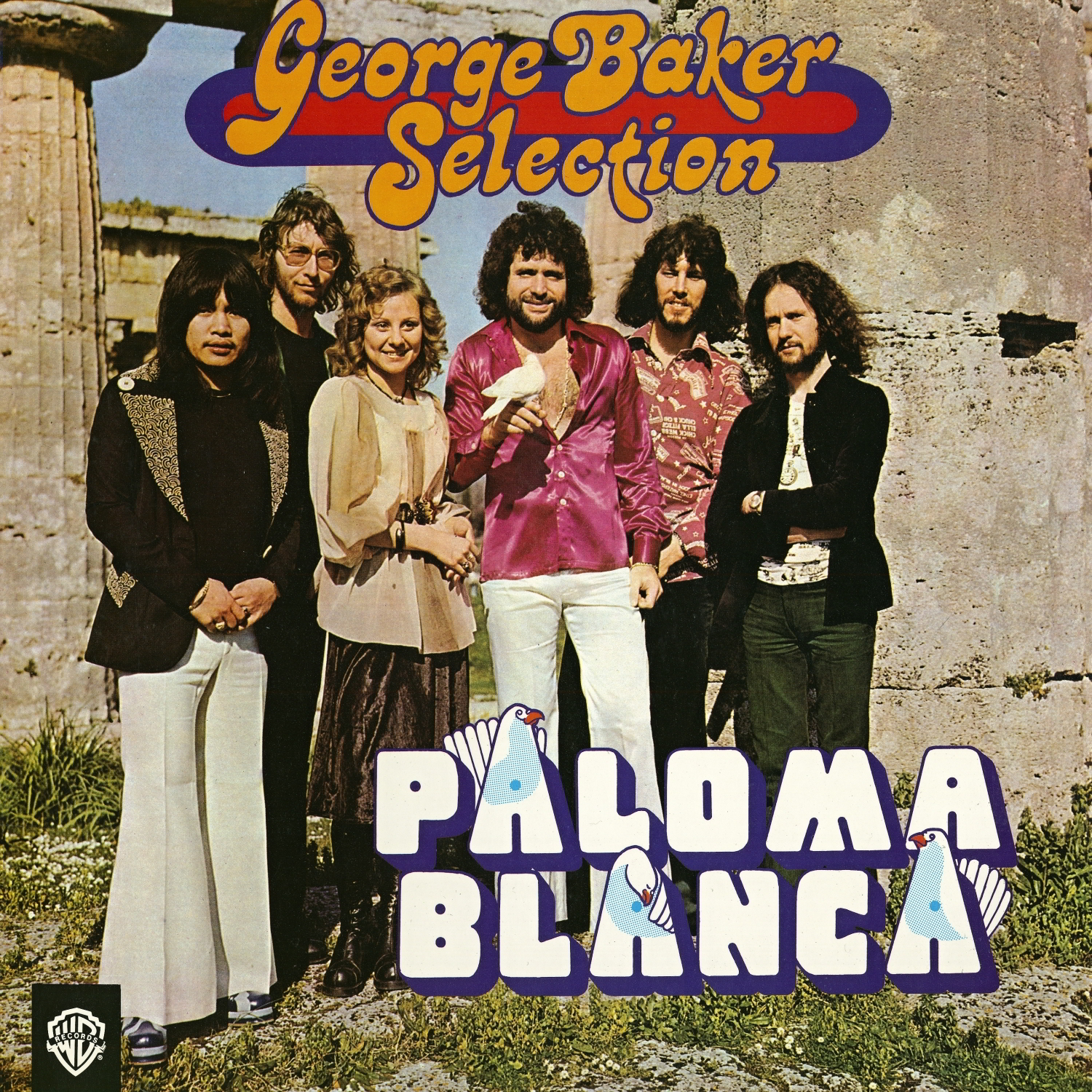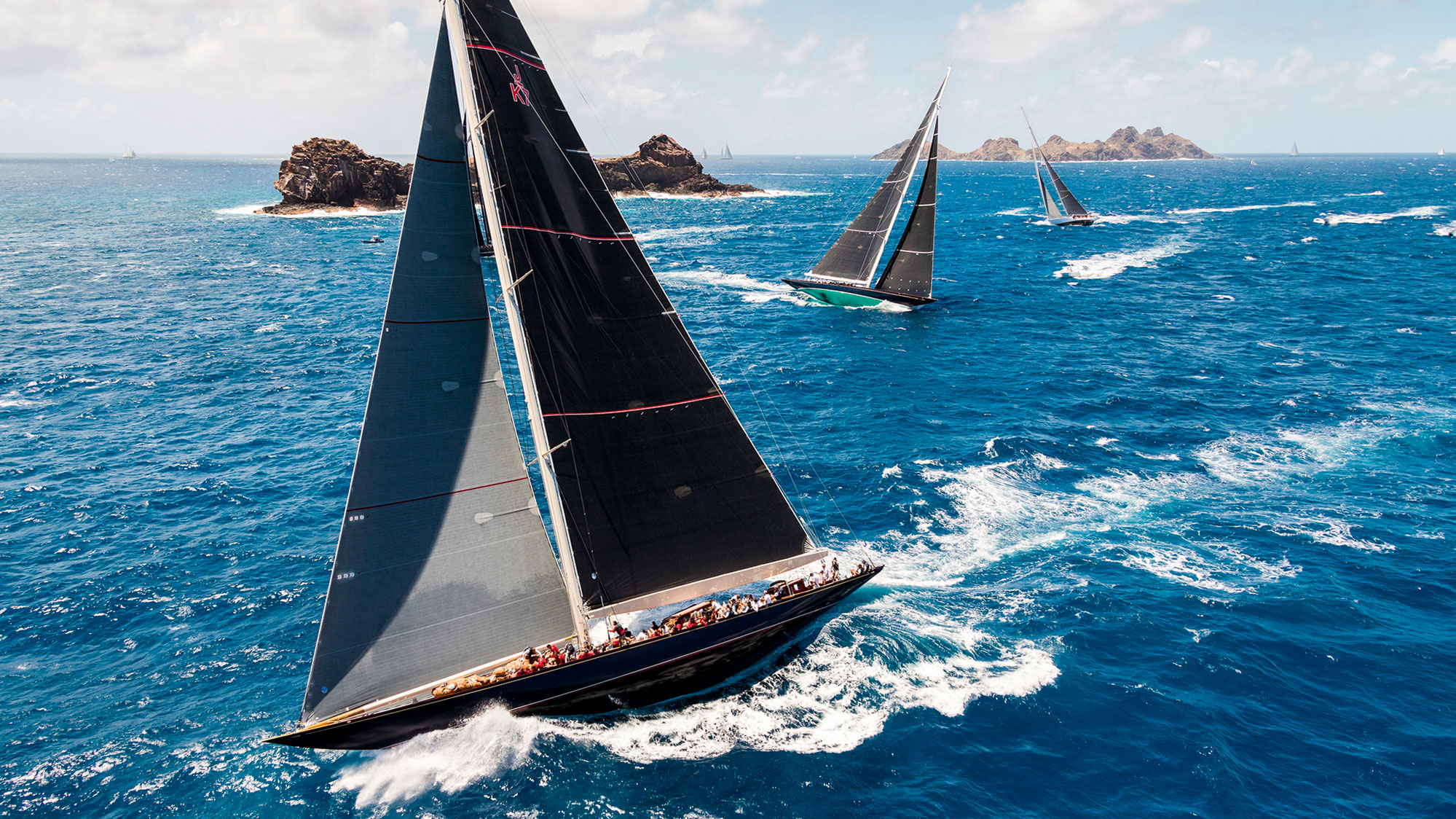
A French Country home has a rustic yet upscale charm. French Country architecture is designed after French chateaus and became popular with American soldiers returning from World War I.
French Country homes offer a unique house style featuring:
- Steep pitched or hipped roofs
- Tall ceilings and windows
- Traditional materials including clay, stone, and brick offer a rustic appeal
- Exposed wooden beams in ceilings and walls
French Country homes are designed with their environment in mind. They often feature neutral colors with soft, nature-inspired pops of color like sunshine yellows and grass greens.


Mediterranean home styles are made of stucco, so they’re most common in warm climate states like Arizona and California. These homes grew in popularity in the 1920s and ‘30s after being featured as homes for the rich and famous on the silver screen.
Mediterranean-style homes include Spanish and Italian architectural elements. These key features make them easy to spot:
- Stucco walls painted white or brown
- Classic red tile roofs
- Arched doorways and windows
- Ornamentation including wrought iron, heavy doors, and decorative tiles
Mediterranean homes still carry the feelings of class and luxury they were built with over 100 years ago, with an added element of history and charm.

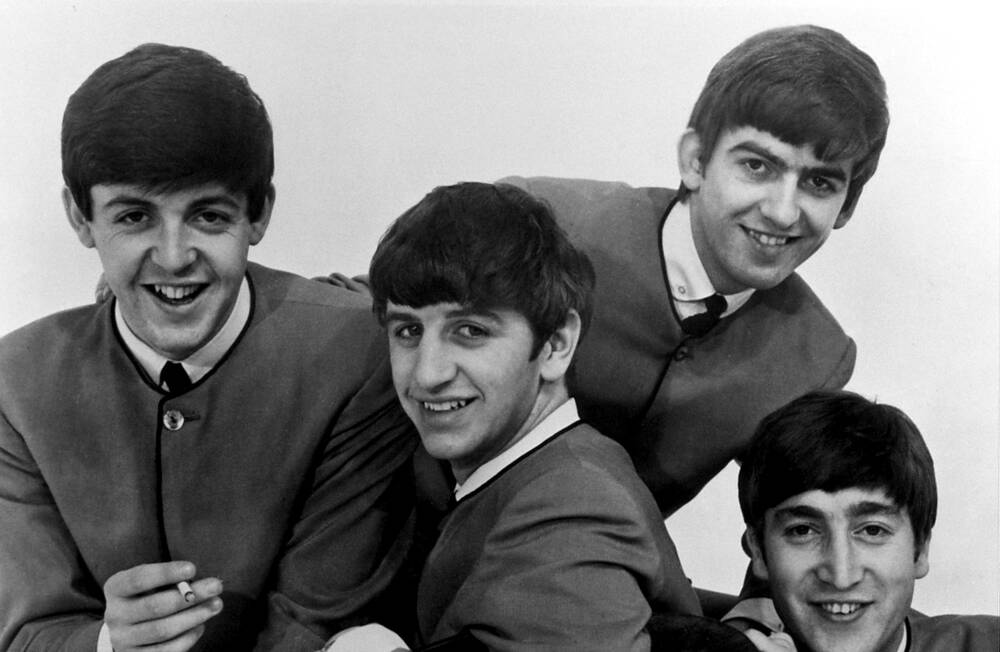

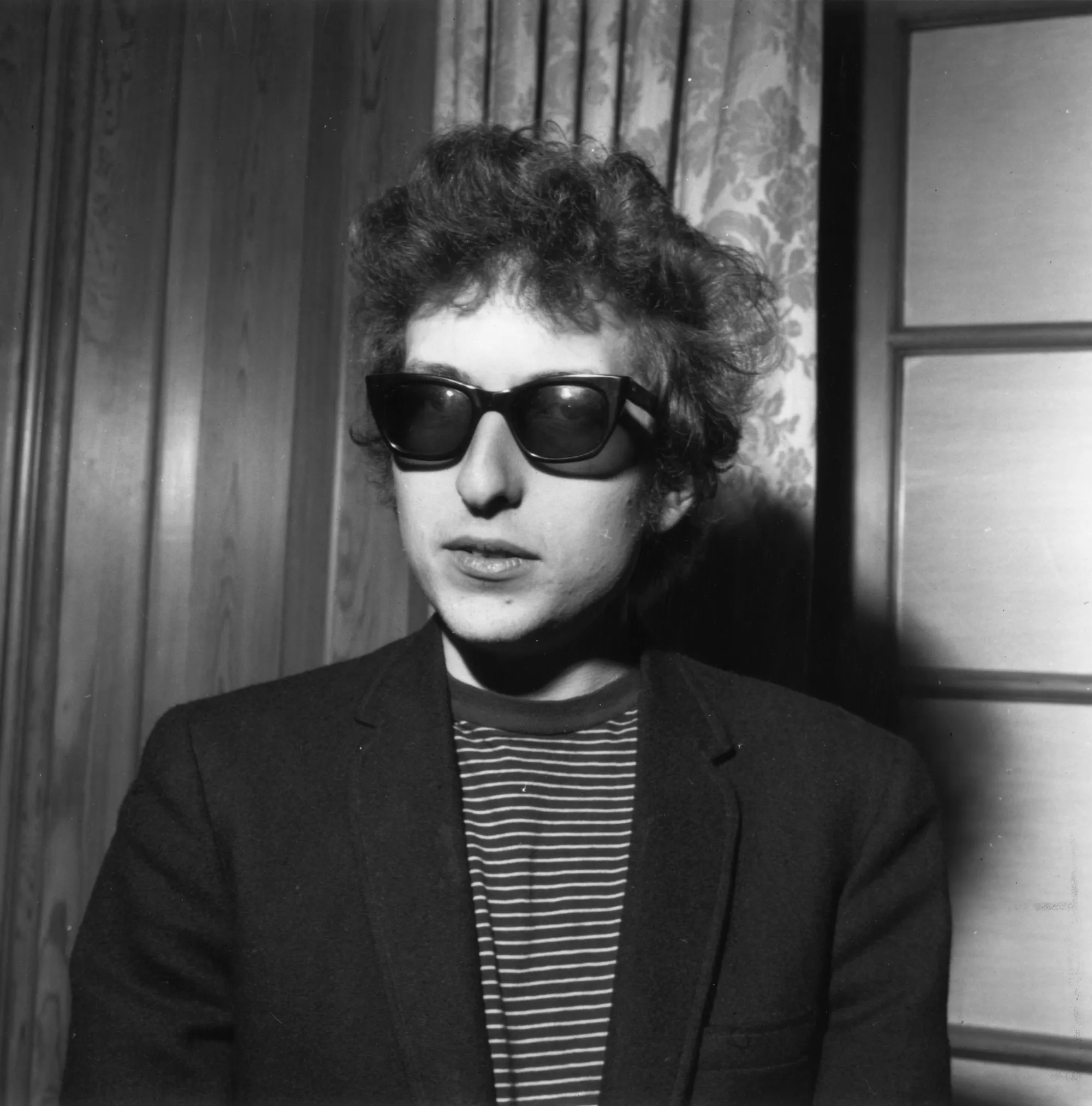
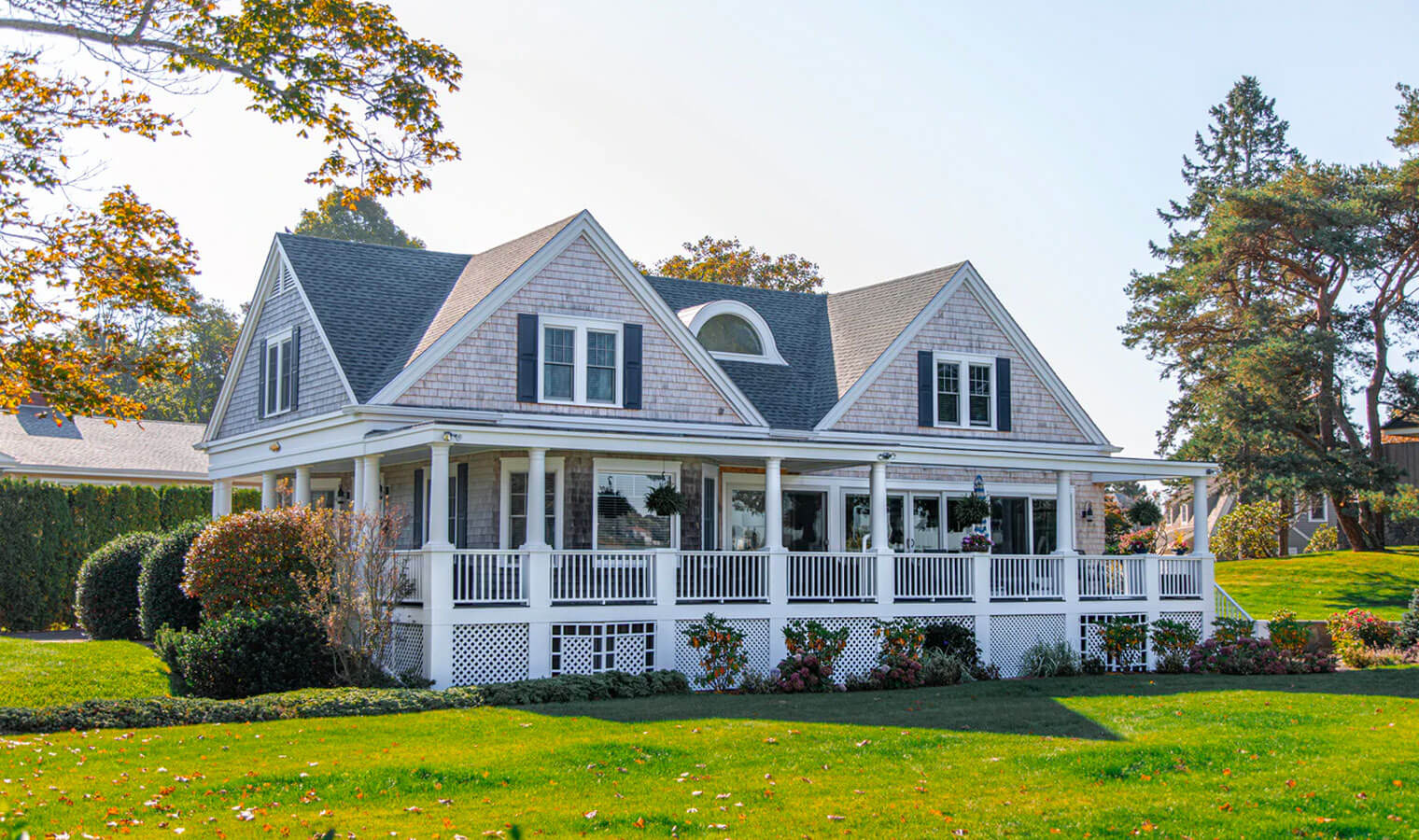
The American Farmhouse is a simple and timeless style. Farmhouses are designed to be practical first and foremost. They’re common across the US and often showcase regional variations, like wrap-around porches in the South.
Farmhouses have evolved with time and location, but often feature these elements:
- Rectangular floor plan
- Large front porches
- Natural wood and stone materials
- Few and small windows
- Formal front rooms separated from family rooms
Of course, the easiest way to identify a farmhouse is that they’ll often be situated on a large plot of farmland.

Despite the car initially being built in 1885 in Germany, American manufacturers completely dominated the automotive industry of the mid-twentieth century. Applaud be to Henry Ford, who established the first conveyor assembly line for his Model T on December 1, 1913. This creation reduced the production time of one vehicle from 12 hours to an hour and 33 minutes, making it a lot cheaper. Ford’s goal was to make automobiles accessible to everyone, and he achieved it. Nowadays, around 91% of American households own at least one car.
Suburbanization
Before vehicles became widely available, people who lived in the city worked in the city, while most of those who settled in the country were farmers. Now that it was possible to travel vast distances in a short amount of time, the thought of dwelling away from the bustling downtown while still being able to work there looked tempting. After World War II, many soldiers received an opportunity to live on their property in a single-family home, resulting in a baby boom and a surge in demand for tract houses. Seventy-seven million children had been born by the end of 1964. At that time, the suburbs were booming, with over a third of the population residing there.
The American Road Trip
Cars turned into a symbol of personal freedom and independence, allowing us to travel throughout the nation at will. For many families, the famous American road trip is a ritual. The destination itself, often overlooked, holds little value, as that feeling of liberty and the ability to travel to any desired location in the country alongside your family and friends is what brings immense joy. The complex infrastructure designed around your car makes this activity even better.
New Business Categories
Many new businesses started along with the development of automobiles. Getting hungry in the middle of the trip stopped being a problem. Just hit the local drive-in or drive-thru where carhops, sometimes on roller skates, will take care of the food orders, letting you stay inside the car. After everyone is full and satisfied, the desire to watch a good movie kicks in. So, our next destination is the drive-in theater. This gigantic outdoor screen with a parking area next to it was popular in the 1950s, romanticized by TV series such as Happy Days, American Graffiti, and Grease. Once again, there was no need to leave the vehicle unless you wanted to get some snacks from the concession stand. On the way home, let’s stop at a mall for some shopping. It is convenient to have many different stores gathered for us in one place. However, the distance from the downtown is reasonable. That is why we have cars; otherwise, such shopping centers wouldn’t exist.
Hot Rodding, Drag Racing, and NASCAR
Coming back home from a heartwarming, peaceful family trip, it feels like there is a need for something more out of your car. What if it could go faster? Solely add an enormous engine and get a fancy paint job, turning it into a hot rod. Hot rodding and drag racing are motorsports that gained popularity in the 1950s and remain relevant. Another is NASCAR, where racers compete on slightly tilted speedways using stock cars. It is, by the way, the second most spectated sport in the USA behind the NFL (National Football League).
We could write a book on the tremendous impact cars made on American culture and society. However, a piece of paper could never fully convey all the experiences, as every automobile becomes unique in our hands. At Tempus Logix, we offer auto transportation across the nation, no matter if it is a hot rod, a family van, or a tractor: so that your motor vehicle can always stay by your side. (Quelle:tempuslogix.com)
The Pueblo Revival was inspired by the indigenous Pueblo people’s architecture in the Southwestern US. Pueblo homes were made of adobe or stucco and designed to handle the extreme temperatures of the desert.
Architects in California began to explore the Pueblo style in the late 19th century and the Pueblo Revival style spread across New Mexico, Arizona, and Colorado.
The Pueblo Revival hit its peak in the 1930s in Santa Fe, and these Pueblo-style elements are still popular in the Southwest:
- Rounded corners and irregular shapes
- Earth tones that reflect the desert colors
- Stepped effects with higher floors becoming smaller
- Flat roofs with parapet trim
- Exposed roof beams extending past the walls
The Pueblo Revival style is also commonly called Adobe or Santa Fe style architecture.
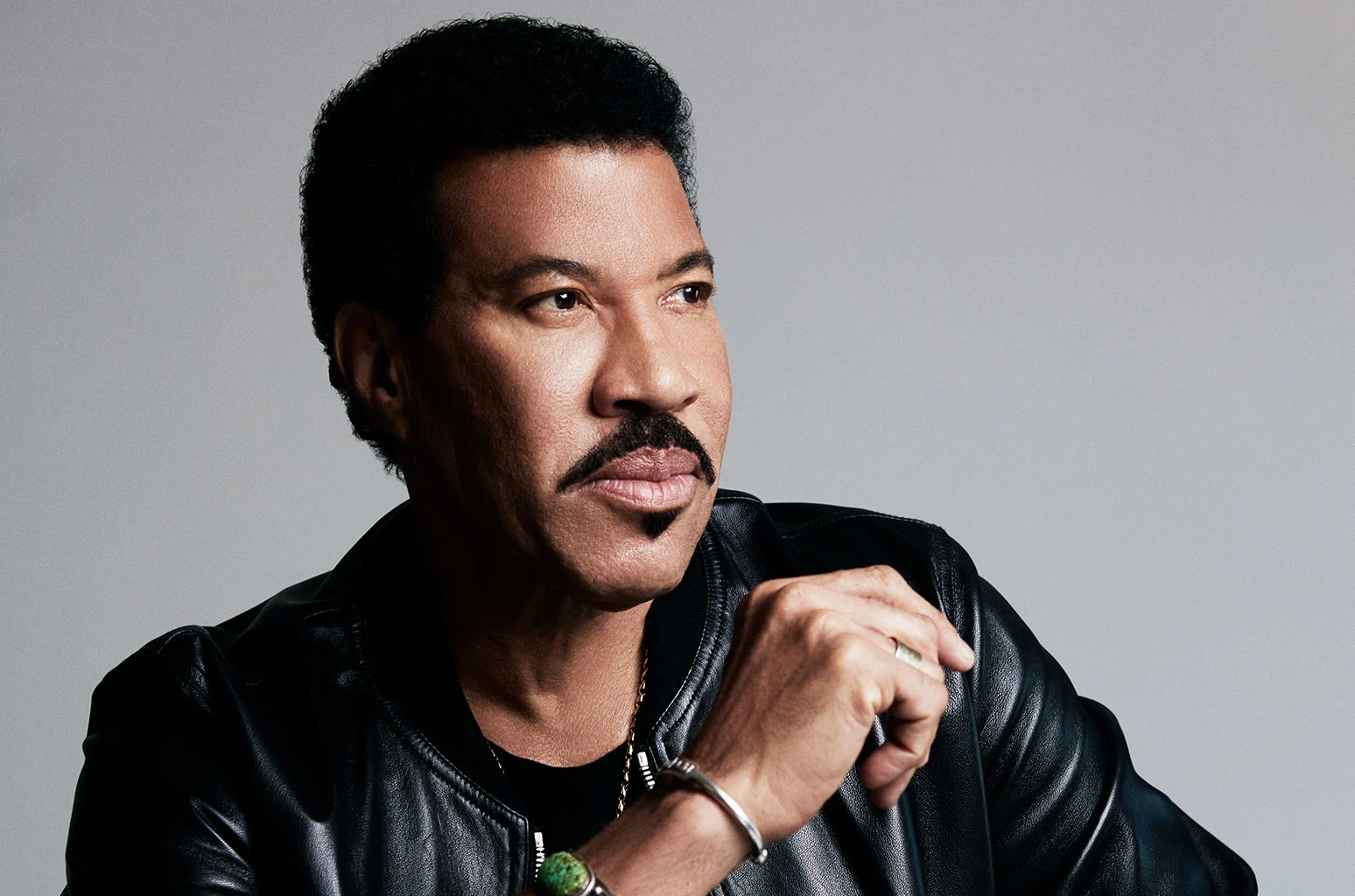
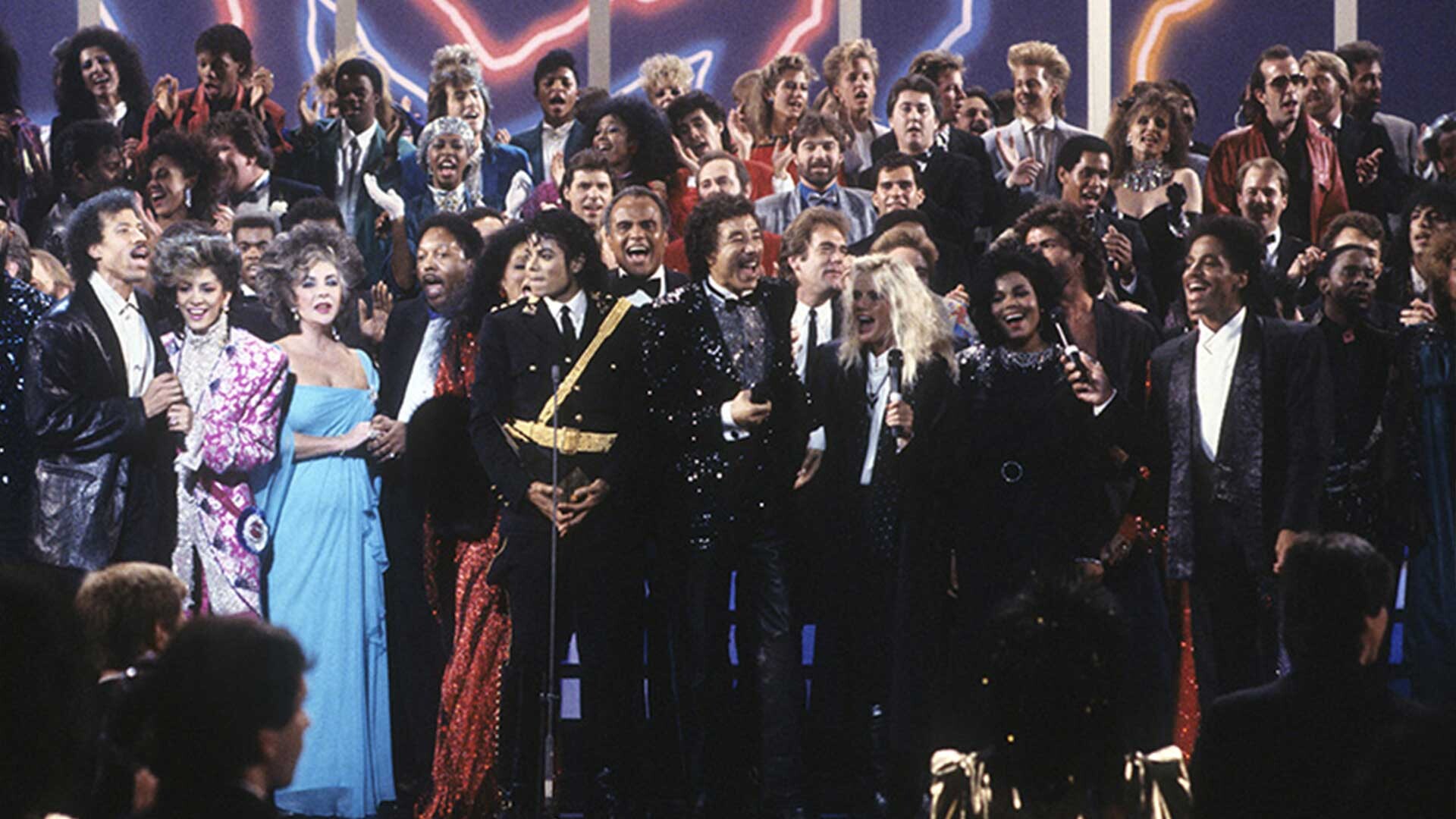





Harley-Davidson, Inc. (H-D, or simply Harley) is an American motorcycle manufacturer headquartered in Milwaukee, Wisconsin, United States. Founded in 1903, it is one of two major American motorcycle manufacturers to survive the Great Depression along with its historical rival, Indian Motorcycles.[3] The company has survived numerous ownership arrangements, subsidiary arrangements, periods of poor economic health and product quality, and intense global competition[4] to become one of the world's largest motorcycle manufacturers and an iconic brand widely known for its loyal following. There are owner clubs and events worldwide, as well as a company-sponsored, brand-focused museum.
Harley-Davidson is noted for a style of customization that gave rise to the chopper motorcycle style.[5] The company traditionally marketed heavyweight, air-cooled cruiser motorcycles with engine displacements greater than 700 cc, but it has broadened its offerings to include more contemporary VRSC (2002) and middle-weight Street (2015) platforms.
Harley-Davidson manufactures its motorcycles at factories in York, Pennsylvania; Milwaukee, Wisconsin; Manaus, Brazil; Bawal, India; and Pluak Daeng, Thailand.[6] The company markets its products worldwide, and also licenses and markets merchandise under the Harley-Davidson brand, among them apparel, home décor and ornaments, accessories, toys, scale models of its motorcycles, and video games based on its motorcycle line and the community.
Harley-Davidson, Inc. is the parent company of Harley-Davidson Motor Company, Buell Motorcycle Company and Harley-Davidson Financial Services. Harley-Davidson Motor Company produces heavyweight motorcycles and offers a complete line of motorcycle parts, accessories, apparel, and general merchandise. Buell Motorcycle Company produces a line of sport motorcycles.
- 1870 Birth of William A. Davidson, Milwaukee, WI.
- 1876 Birth of Walter Davidson, Milwaukee, WI.
- 1880 Birth of William S. Harley, Milwaukee, WI. As he was born just after Christmas, his parents gave him the middle name “Sylvester.”
- 1881 Birth of Arthur Davidson, Milwaukee, WI.
- 1901 William S. Harley, aged 21, completes a blueprint for an engine designed to fit into a bicycle.
- 1903 Harley and Arthur Davidson build the first production Harley-Davidson in 1903. It features a 3-1/8-inch bore and a 3-1/2-inch stroke yielding 7.07 cubic inches (116cc). They make a more powerful motor with the assistance of Ole Evinrude – better known as the inventor of the outboard motor. It is designed for use on the wooden velodromes where popular bicycle races are held.
Harley and Davidson work in a 10 x 15-foot shed on Chestnut Street (later renamed Juneau Avenue) which is still the address of Harley-Davidson’s head office.
- 1904 The first Harley-Davidson dealer, C.H. Lang of Chicago, opens for business.
- 1906 A new 28 by 80-foot factory is built on Chestnut Street. The company has grown to have six employees. It produces its first catalog, and coins the nickname “Silent Gray Fellows.” It’s a reference to the fact that the bikes were painted dove gray, and that they were quietly reliable. (Evidently, the company’s founders were unaware that loud pipes save lives.)

- 1907 William A. Davidson joins the firm. Harley-Davidson Motor Company is incorporated, with stock shared by the Harley and the three Davidson brothers.
- 1908 Walter Davidson scores a perfect 1,000 points at the 7th Annual Federation of American Motorcyclists Endurance and Reliability Contest. Three days after the contest, Walter sets the FAM economy record at 188.234 miles per gallon.
Perhaps impressed with that reliability, Detroit becomes the first city to buy a H-D motorcycle for police use.
- 1909 “The Motor Company” makes its first V-Twin. It has a displacement of 49.5 cubic inches and produces seven horsepower.
- 1910 The ‘Bar & Shield’ logo is used for the first time in 1910 and was trademarked one year later.
- 1911 The ‘F-head’ single-cylinder engine is introduced and will remain in use until 1929. (This is not a reference to “Hey, f-head!” it’s a reference to the shape of the valve ports.) It is an inlet-over-exhaust design, with an overhead intake valve (in the head like a modern motor) but a “side” exhaust valve which is in the cylinder.
- 1912 Harley-Davidson begins exporting motorcycles to Japan. Construction begins on a six-storey headquarters. The Parts and Accessories Dept. is formed. The company has more than 200 dealers across America.
- 1913 The Racing Department is formed, under the control of Bill Harley.
- 1914 Sidecars are made available. Some models are briefly available with a two-speed transmission in the rear hub. Also, belts go out of fashion – for the moment. Harley-Davidson is one of the last motorcycle manufacturers to switch from leather drive belts to chains. The leather belts slipped, stretched and rotted, so chains are a big improvement.
- 1915 H-D motorcycles become available with three-speed sliding-gear transmissions with final and primary drive on the same side.
- 1916 The Enthusiast magazine is published for the first time.
- 1917 About a third of the company’s production is purchased by the Army. To train Army mechanics, the company starts the Quartermasters School. After the war, it will be retained as the Service School, providing factory-trained mechanics for dealers.
- 1918 Almost half of all H-D motorcycles produced are sold for use by the U.S. military in World War I. After Armistice is signed, Corporal Roy Holtz becomes the first American soldier to enter Germany. He does so on a Harley-Davidson motorcycle.
- 1919 The 37-cubic-inch Sport model is introduced. It’s a horizontally-opposed, fore-and-aft V-Twin.
- 1920 Now the largest motorcycle manufacturer, H-D boasts over 2,000 dealers in 67 countries.
The factory racing team, already known as “The Wrecking Crew” because it’s become so dominant in American racing, has a small pig as a mascot. The bikes are nicknamed “hogs” as a result.
- 1925 The company adopts teardrop-shaped gas tanks (previously they were flat-topped) that give its machines a very distinct look. Joe Petrali becomes one of the first salaried “factory racers.”
- 1926 Single-cylinder motorcycles are sold first time since 1918. Models A, AA, B and BA are available in side-valve and overhead-valve engine configurations.
- 1928 The first two-cam engine is made available on the JD series motorcycles. The bike can reach a top speed between 85 and 100 mph. Luckily, this year all H-D models are also available with a brake on the front wheel. Surprisingly few Harley-Davidson riders use them, even to this day.
- 1929 The D model is introduced with a rugged, 45-cubic-inch flathead V-Twin engine. The “Flathead” motor will be sold in various guises for over 40 years.
The stock-market crash heralds the Great Depression. In 1929, the company sells 21,000 motorcycles. It’s the strongest of the dozens – if not hundreds – of motorcycle brands that were launched in the first three decades of the century; only a handful will survive into the fourth.
- 1932 The three-wheeled Servi-car begins its 41-year run. (Sure they were used to deliver great corned-beef sandwiches, but they were also used by the guys who wrote 410,000,000 parking tickets, too.)
In racing, Joe Petrali begins a string of five consecutive national championships in dirt track, as well as four consecutive hill-climb titles. (In those years, the championship was decided in a single race.)
- 1933 The company sells only 4,000 motorcycles this year. To reduce costs for competitors, the AMA creates a new racing class, Class C, based on production equipment and allowing for limited modifications. Although the original, prototype-based Class A persists, the AMA emphasizes the new class. Purists resent the change.
- 1935 Alfred Child, the company’s agent in Asia, realizes that currency exchange rates are killing sales in Japan. He convinces the company to license production of its motorcycles in Japan. The Sankyo Seiyakyo Corporation purchases tooling and begins producing Harley “clones”. They are sold under the name Rikuo, which means “King of the Road.”
- 1936 Introduction of the EL, an overhead valve, 61-cubic-inch-powered bike, which earns the nickname of ‘Knucklehead’ because of the shape of its rocker-boxes. The company also introduces an 80-cubic-inch side-valve engine.
- 1937 Petrali sets a land-speed record of over 136 mph with a streamlined Knucklehead. The first WL models are produced.
William A. Davidson dies, two days after signing an agreement that makes the company a union shop.
- 1938 Ben Campanale wins the Daytona 200 on a 45 cubic-inch WLDR. The race was run on the 3.2-mile beach course.
The Jackpine Gypsies hold the first Black Hills rally in Sturgis.
- 1941 United States enters World War II. The production of civilian motorcycles is almost entirely stopped.
- 1942 When U.S. soldiers capture their first “Wehrmacht”-issue motorcycles in North Africa, they find that the BMWs and Zundapps are better suited to tough military duty. Harley-Davidson and Indian each develop about 1,000 machines for evaluation, with shaft drives and Flat-Twin motors copied from the Germans. They are never widely issued, though the machines cost Uncle Sam a whopping $35,000 each.
Walter Davidson dies.
- 1943 William S. Harley dies.
- 1945 The war finally ends. Between 1941-45 the company produced almost 90,000 WLA models for military use.
- 1946 The 45 cubic-inch, flathead, WR production racer is made. It conforms to stricter Class C AMA rules, which are intended to reduce costs for competitors. It’s a flathead, because in Class C, flatheads are allowed to displace 750cc, while OHV motors are limited to 500cc.
- 1948 The company’s 61 and 74 c.i. OHV engines are updated with aluminum heads and hydraulic valve lifters. Also new are the one-piece rocker covers, which resemble cake pans, earning the motor the nickname ‘Panhead.’
As part of Germany’s war reparations, the Allies loot German patents. The fine, small two-stroke motors built by DKW (seen in that
company’s popular RT125) are copied by BSA (the Bantam) and Harley-Davidson, which produces the model S that will come to be known as the Hummer. - 1949 Hydraulic front forks make their first appearance on the new Hydra-Glide models.
- 1950 Arthur Davidson dies.
- 1952 Returning servicemen seem to favor the lighter British Twins they saw “over there.” In response, Harley-Davidson creates the 45 c.i. side-valve K model. It’s a unit-construction motor – the crankcases and gearbox are one set of castings.
- 1953 Indian goes into its long, painful death throes. H-D, which celebrates its 50th anniversary this year will be only real motorcycle manufacturer in the U.S. for the rest of the century.
The aging WR and WRTT production racers are no match for the British 500s now invading the dirt tracks (and few road courses) of America. The H-D racing department counters with a new racer, the KR. Like the WR, it is a 750cc flat-head.
- 1955 The new KR begins a run of seven consecutive Daytona 200 victories, which will include the last race run on the old beach course and first one run at the new Daytona International Speedway.
- 1957 The Sportster is introduced. It is basically a larger-displacement version of the K motor, fitted with an OHV head. At 55 c.i., it offers performance to rival anything coming out of England (at least, anything coming out of England without a “Vincent” tank badge.) has a 55 cubic-inch overhead-valve engine.
- 1958 Hydraulic rear suspensions appear on the Duo-Glide.
- 1960 Harley-Davidson acknowledges the market potential of smaller machines. The company makes its first and only scooter, the Topper. It also purchases a half-interest in the Italian company Aermacchi, which produces fast and stylish single-cylinder machines of up to 350cc.
Brad Andres wins the last Daytona 200 run on the sand. 2nd through 13th (no, not 3rd, 13th) places all go to riders on KRs.
- 1961 The first Aermacchi design to reach America is the Harley-Davidson Sprint. Short-track racers are quick to realize that its good power and low center of gravity make it a winner.
- 1962 Harley-Davidson acquires the Tomahawk boat company and starts to learn about the uses of fiberglass.
- 1964 The humble Servi-Car is the first of the company’s machines to be fitted with an electric starter.
- 1965 The Duo-Glide and is fitted with an electric starter, and thus becomes the Electra-Glide.
- 1966 Riders clamoring for more power cause the company to update the old Panhead motor. The new engine has rocker boxes that resemble coal shovels. Hence, the new mill gets the nickname “Shovelhead.” This basic motor will remain in production for 20 years.
- 1968 After years of increasingly vociferous lobbying, the import manufacturers convince the AMA rules committee that the 250cc displacement advantage given to flathead motors is unfair. The AMA declares that, in the future, bikes with overhead valves (all the British and Japanese models) can also displace up to 750cc. Harley-Davidson lobbies to delay the implementation of the new rule for one more season.
- 1969 Although Harley-Davidson stock is publicly traded, it is still a relatively closely held corporation. The shareholders – perhaps sensing that the “Japanese invasion” is about to open a new front in the heavyweight category, with the Honda CB750 Four – sell the company to the American Machine and Foundry Company. AMF has hitherto been known to the American consumer as a maker of bowling balls, but it is in fact a large, diversified manufacturer.
AMF could have risen to the challenge presented by the sophisticated and comparatively affordable Honda. Instead, AMF’s managers roll a real gutter-ball. Harley-Davidson quality plummets. Before long, dealers are forced to rebuild motors under warranty and magazines are brutally critical of test bikes. Used Harleys are described as “pre-AMF” in classified ads.
- 1970 The racing department creates a new production racer, the XR-750. The motor is basically a destroked Sportster unit. It gets off to an inauspicious start; none of the factory entries reach the finish in the Daytona 200. The first Harley across the line is an ancient KRTT, ridden by Walt Fulton III.
- 1971 By mating the spare front end of the XL series with the frame and motor of the FL series, the company creates the first cruiser – the FX 1200 Super Glide.
- 1973 A new assembly plant is opened in York, PA.
- 1977 Although most Harley fans would rather forget the years in which the company was owned by AMF, there is one AMF-era bike that’s highly sought-after by collectors: the 1977 XLCR. That “CR” stands for Café Racer and the bike was only the second major project for Willie G. Davidson (the grandson of one of the founders.) While the model is prized now, it was rejected by Harley customers in 1977. Only 3,100 were sold and the model was dropped a year later – although dealers still had unsold XLCRs cluttering their showroom floors well into the ’80s.
The FXS Low Rider is also introduced this year.
- 1979 The FXEF “Fat Bob” is introduced. It’s called fat because of its dual gas tanks, and bob on account of its bobbed fenders.
- 1980 The FLT is introduced. It has rubber-isolated drivetrain and an engine and five-speed transmission which are hard bolted together.
Belts come back into fashion: a Kevlar belt replaces the chain as the final drive on some models.
The FXB Sturgis, featuring an 80 cubic-inch engine, and FXWB Wide Glide are introduced.
- 1981 After years of AMF mismanagement, Harley-Davidson has lost almost all customer loyalty and profits are in freefall. When a group of company executives led by Vaughn Beals offers to buy the division for $75 million, AMF quickly agrees.
Beals leads an amazing corporate turnaround. He funds new product development and implements world-class quality control. It’s impossible to know what would have happened to the H-D brand if Beals had not risen up to save it, but it’s certain that no one else could have done a better job at rehabilitating it.
- 1982 The FXR/FXRS Super Glide II are introduced, featuring a rubber-isolated, five-speed powertrain.
The company adopts a just-in-time inventory system on the manufacturing side, which helps to lower cost and improve quality.
- 1983 The Harley Owners Group (H.O.G.) is formed.
The company petitions the International Trade Commission (a branch of the U.S. federal government) to impose a tariff on Japanese motorcycles of over 700cc. As a result, many Japanese motorcycles that are sold as 750cc models in the rest of the world are sleeved-down to 700cc for the U.S. market.
- 1984 The 1340cc V2 Evolution engine appears on five models. Although it’s been in development since the AMF era, the motor proves the newly independent company has turned the corner in terms of build quality. It is far more reliable and oil-tight.
The Softail, which features concealed rear suspension and evokes the rigid-framed hogs of 30 or 40 years ago, meets with commercial success.
- 1986 Harley-Davidson diversifies with the acquisition of the Holiday Rambler motorhome company.
- 1987 The company makes its Initial Public Offering. Stock is traded on the NYSE, with the ticker symbol of HOG. The company petitions the ITC to relax the tariff on imported motorcycles, a year before it was scheduled to lapse. The move serves notice that Harley-Davidson is capable of competing on a level playing field, despite the fact that the Japanese companies now all make V-Twin cruisers that compete directly with the American offerings.
- 1988 Exploiting customers’ love of traditional styling, the Springer front end returns on the FXSTS Springer Softail.

- 1990 Introduction of the FLSTF Fat Boy.
- 1991 Introduction of the first motorcycle in the Dyna line, the FXDB Dyna Glide Sturgis.
- 1992 Harley-Davidson is the first company to equip all its models (except for a handful of racing motorcycles) with drive belts. Modern drive belts provide a smoother ride than chains, last longer, and free riders from the drudgery of chain lubrication and adjustment.
- 1993 H-D buys a minority interest in the Buell Motorcycle Company.
- 1994 The company enters the AMA Superbike Championship, fielding the water-cooled, DOHC VR1000. AMA rules specified that the company had to also build and sell 2,000 machines for road use, a process is called “homologation.” So, you may wonder, why have you never seen a road-going VR1000 if 2000 were sold? Because the model was homologated in Poland. By selling it there, Harley avoided U.S. liability and Poland’s lax laws allowed the barely-modified race bike to be legally licensed.
Despite being ably ridden by Miguel Duhamel, Pascal Picotte, Chris Carr and Scott Russell, the VR1000 will never win an AMA race.
- 1995 Harley-Davidsons are equipped with fuel injection for the first time.
- 1996 Sales of parts and accessories are an increasingly important part of the business – a fact reflected in the new, 250,000 sq. ft. facility the company opens in Franklin, WI.
- 1997 A new 217,000 sq.-ft. design center opens in Milwaukee. FL engine production moves to a newly purchased plant in Menomonee Falls. A new 330,000 sq. ft. plant in Kansas City takes over the production of Sportsters.
- 1998 The company opens its first foreign factory in Manaus, Brazil.
The remaining shares of Buell are also acquired.
- 1999 The Touring and Dyna lines receive the new Twin Cam 88.
- 2000 Despite spending tens of thousands of dollars in legal fees in the mid-’90s – and having initial success in its efforts to trademark the “potato-potato” sound of Harley motors – the company drops its U.S. Patent Office application. Harley-Davidson’s vice president of marketing, Joanne Bischmann, tells reporters, “I’ve personally spoken with Harley-Davidson owners from around the world and they’ve told me repeatedly that there is nothing like the sound of a Harley-Davidson motorcycle. If our customers know the sound cannot be imitated, that’s good enough for me and for Harley-Davidson.”
- 2001 The VRSCA V-Rod is introduced. The motor – which was designed with input from Porsche – is fuel injected, has overhead cams, and liquid cooling.
- 2003 It is estimated that 250,000 people come to Milwaukee to celebrate The Motor Company’s 100th anniversary.
- 2006 Fittingly, the ’06 model-year Dyna motorcycles come with six-speed transmissions.
The company announces a major new museum, scheduled to open in Milwaukee in 2008.
- 2007 Harley upgrades its Big Twin motor, stroking it out to 96 cubic inches and earning the moniker “Twin Cam 96.” The six-speed transmission from the Dyna line is added across the board.
- 2008 The Motor Company opens its impressive new museum in time for Harley’s 105th anniversary.
Purchases MV Agusta for $109 million in an attempt to take advantage of MV’s european distribution channels.
Introduces the XR1200, inspired by the XR750 flat track machine used to win countless championships. The XR1200 represents the first time H-D designed and marketed a motorcycle exclusively for the European market. Later, after demand from this side of the pond, the XR1200 is then sold worldwide.
- 2009 Keith Wandell becomes the first person since 1981 to become CEO of Harley-Davidson who hadn’t had any previous connections to The Motor Company.
Due to the economic recession, Harley-Davidson discontinues the Buell line and puts up MV Agusta for sale to focus on core business. This after The Motor Company declared profits dropped 84-percent since the previous year.
Announces plan to enter the rapidly expanding Indian market.
- 2010 In a throwback to the 883 series, AMA Pro Racing, along with title sponsor Vance & Hines, debuts the inaugural XR1200 series. Modifications are limited and place emphasis on rider talent. Danny Eslick wins the championship in its first year.

Prepared with historical input by Mark Gardiner and other sources.
copyright (c) 2013 Verticalscope Inc.Story from http://www.motorcycle.com/manufacturer/history-harley-davidson-motorcycle.html
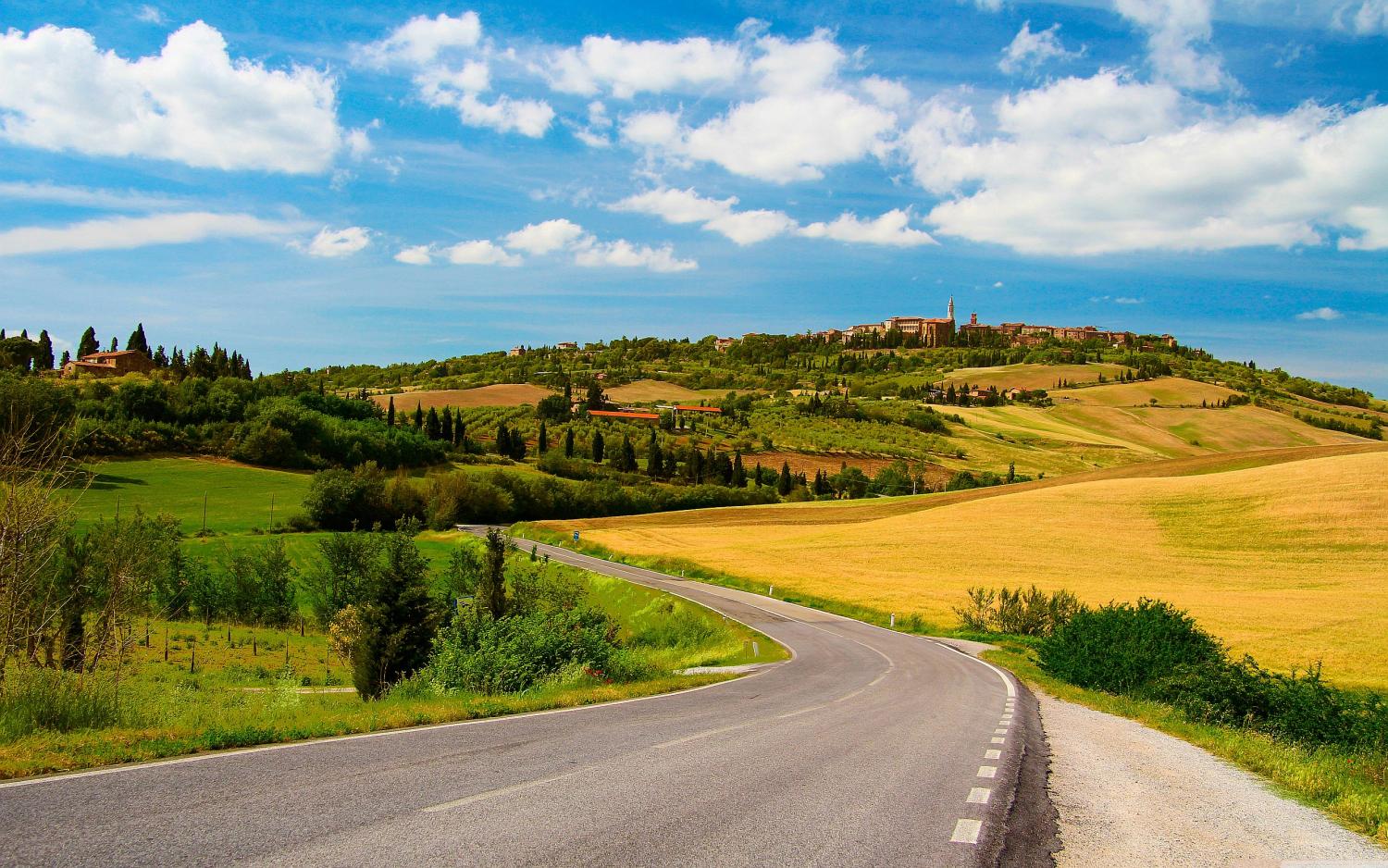
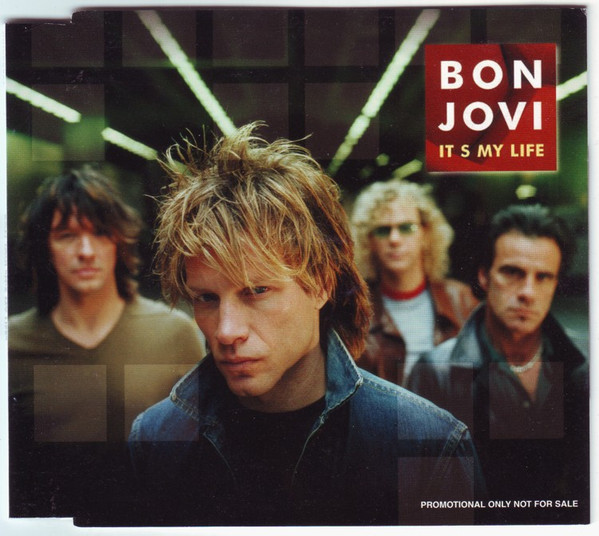
Contemporary homes resemble the modern homes of the mid-20th century with a renewed emphasis on sustainability. Current contemporary styles are rooted in minimalism, which you can see in these key features:
- Asymmetrical exterior
- Clean lines
- Open floor plan layout
- Geometry highlighted in its structure
- Sustainable building materials and features
Contemporary homes aim to find beauty in a simple and appealing design with ties to nature and more warmth than modern home styles offer.
Queen Anne homes were popularized in the later Victorian era, beginning around 1880. This style is the quintessential Victorian home for many, with ornate woodworking and decor inside and out.
Queen Anne homes have key regional differences across the country, but maintain these essentials:
- Textured walls with decorative shingles or half-timbering
- Large round or polygonal tower at the home’s corner
- Steeply pitched and asymmetrical roof
- Decorative spindles on porches and trim
- Decorative single-pane or stained glass windows
Queen Anne architecture is most common in homes, but can also be seen in schools, churches, and office buildings.

Shingle-style homes took influence from Colonial architecture rather than Medieval Europe. Ornamentation became simpler towards the end of the Victorian-era and Shingle-style homes are best known for their creative floor plans and signature shingles on exterior walls.
Shingle Victorian homes are identified by these interior and exterior features:
- Shingles cover the entire exterior
- Asymmetrical interior layouts without a central hallway
- Emphasis on horizontal planes
- Custom built to meld with the nature surrounding the house
Shingle-style houses were designed as a work of art and encouraged creativity in their use of shapes and features.
House styles will continue to evolve with influences from history, culture, and our lifestyles. All of these house styles can be seen and celebrated across the US and have their own stories to tell. Choose the house style that fits your lifestyle, location, and, of course, personal style best. Then check your credit score, get pre-approved, and start house-hunting.
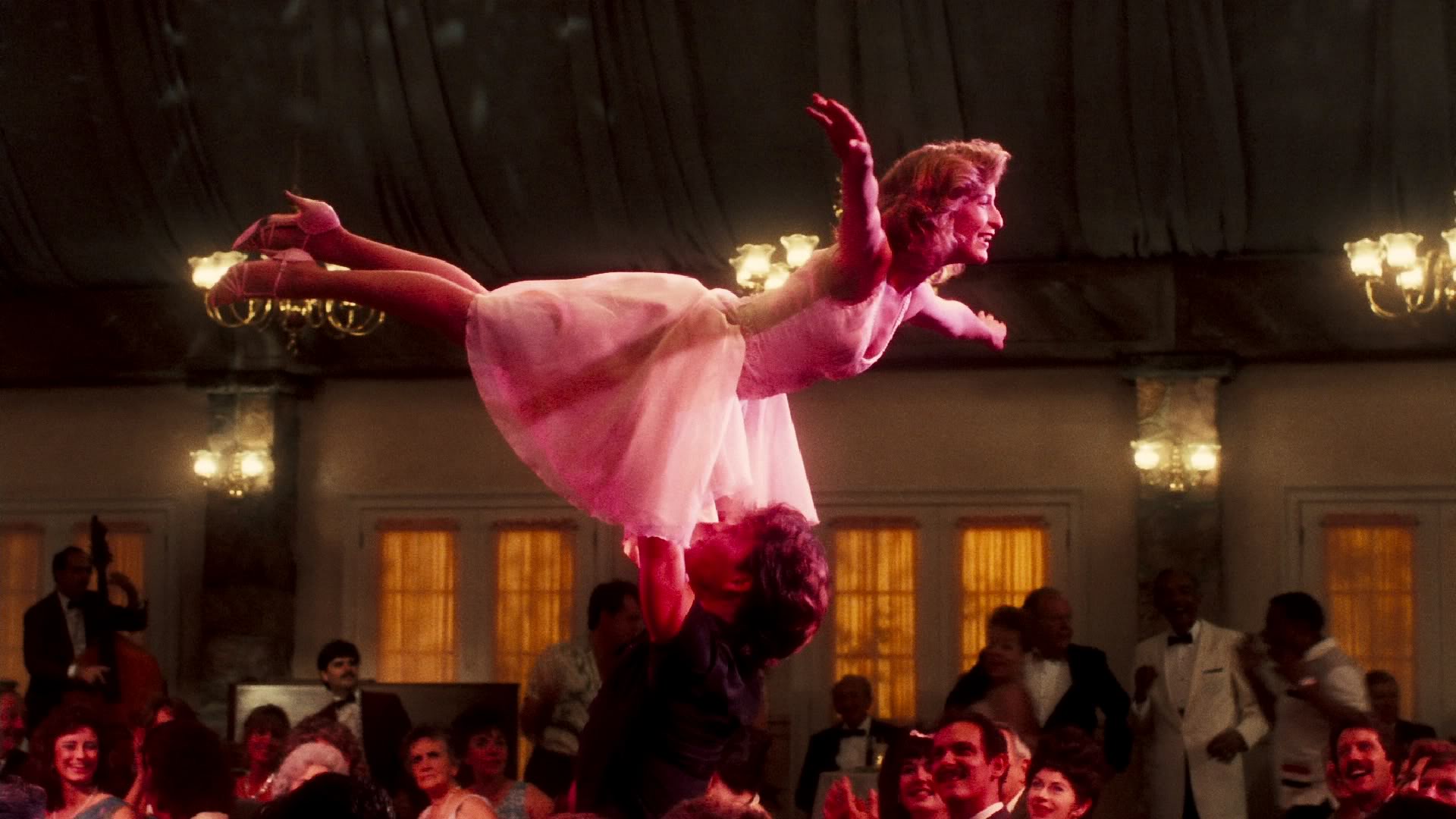

Cottage-style homes are often quaint and cozy — emphasizing charm and comfort over ornamentation. Cottage houses come in a variety of styles and can mimic bungalows, Tudor house styles, and more.
Look for these designs to identify a cottage:
- Asymmetrical exterior
- Typically one to one-and-a-half stories
- Traditional aesthetics that aren’t too rustic
- Open floor plans with wide halls and doorways
A cottage house style is extremely versatile, and its small size makes it great for small families or guest houses.
